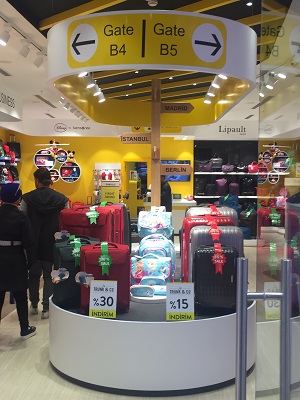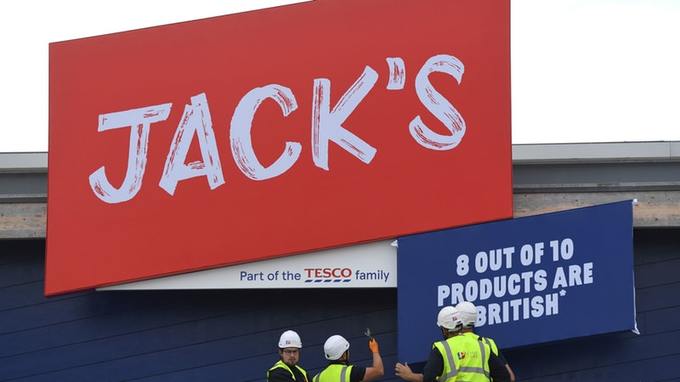 Convenience stores are growing fast across the globe. Despite the difficulties that many brick and mortar operators are having in the digital age, convenience stores are thriving. This fast growth is fabulous for convenience stores, but is seemingly a bit of a headache for manufacturers who have historically focused on supermarkets and hypermarkets. In my last post, I outlined some of the key strategies that convenience stores use to drive their success. In this post, I will share some thoughts as to what brand owners should do to drive their business forward with convenience stores.
Convenience stores are growing fast across the globe. Despite the difficulties that many brick and mortar operators are having in the digital age, convenience stores are thriving. This fast growth is fabulous for convenience stores, but is seemingly a bit of a headache for manufacturers who have historically focused on supermarkets and hypermarkets. In my last post, I outlined some of the key strategies that convenience stores use to drive their success. In this post, I will share some thoughts as to what brand owners should do to drive their business forward with convenience stores.
Escalating share and escalating costs
There was a time when supermarket and hypermarket chains were the ones causing brand manufacturers headaches. A rapidly consolidating trade gave “big box” retailers like Tesco and Walmart immense muscle, which they often used to gain the upper hand in negotiations with suppliers. Manufacturers were caught between a rock and a hard place: they could barely afford the slotting fee, margins and promotional investments, but if they weren’t in these big box stores, then shoppers might not find them. Fast forward to today, and the same is true for large convenience store chains. Operators such as 7-11 have thousands of stores (7-11 have 16,000 in Japan alone): with that scale comes enormous power. How should manufacturers ensure that they can benefit from the growth opportunity while maintaining their profitability?
Understand the shopper in convenience stores
There was a time that the convenience store shopper could be characterized as either on-the-go or emergency/distress: those times are long gone. The variety of shopper missions that convenience stores are now attracting is huge: on premise, breakfast replacement, a meal for tonight. Which of these is your brand targeting; which shoppers, in which stores?
Choose your battles
The costs of entry into convenience stores are going up for good reason: there are more products vying for the limited space than ever before. While you may be able to justify twelve SKUs in a supermarket, that is probably not the case in a convenience store. Marketers must assess their brand portfolio; brand by brand, SKU by SKU, against the needs and missions of the convenience store shopper. Only if your brand delivers enough value to the shopper, the retailer, and of course you, should it be listed.
Recognize that convenience stores vary considerably
Before investing in a slotting fee to get into every 7-11 store in the country, consider this. Not all stores are equal. Different stores serve different shoppers on different missions. Some stores are on the go food and beverage outlets for commuters. Some are top up grocery shops for the neighborhood. Some near schools focus on students. Understand which shopper you are targeting, and which sub-set of convenience stores to focus on will focus investments on stores where you are most likely to get a meaningful return. Convenience store retailers such as 7-11 segment their outlets into 12 of more outlet types in some markets, and that is just one retailer. If we treat every store the same, we are probably under-investing in some, and over-investing in others.
Target the shopper marketing mix – target investments
Sadly one habit convenience stores have picked up from their big box cousins is an unhealthy reliance on promotions. Promotions are funded by suppliers so convenience store retailers are, to some extent, immunized from the inefficiencies of promotional excess. While brands may feel obliged to support some of their retailer’s promotional programs, understanding how to optimize this investment is key. Targeting specific shoppers and shopper missions: promoting specific products and using carefully selected activities (based on an understanding of the target shopper) can deliver significantly better returns.
Plan for the future
Recognize that convenience stores are likely to grow in the future. Be careful of setting precedents with investments, of investing in percentage terms, which will result in costs spiraling as convenience stores grow. Measure the return on investment carefully, and cut out investments that simply don’t work.
Convenience stores are an incredibly dynamic sector. Understanding how shopping is changing, and causing retail to change across many channels. If you’d like to know more about how you can manage this effectively, feel free to download this free e-book.
Image: Flickr




